The Woods of Vermont
This past winter we have been fortunate to have a good number of walks in the woods. After our Beaver Felling Tree Post and Operation Wildlife Camera Post, we have gotten more questions about, How to Spot Animals in the Woods?
There really is no big secret. It sounds simple and it is: the best way to increase your chances of seeing wildlife is simply to be out there yourself. In the past three years we have lived at Seyon Lodge State Park, there has been a handful of wildlife experiences that we have only seen once.
Only once we were rewarded with…
…seeing an otter…
…or two moose in the pond (in the years we worked here I really wanted to see this!)…
Largely, there really is no special secret to finding wildlife. It’s a matter of doing the work over and over and over again, and eventually, you are bound to hit something right. I feel there is a correlation there with life in general and the pursuit of creative ideas. I like listening to Seth Godin interviews for inspiration and one thing he talks about is how ‘The Person that Fails the Most Wins.’ In an interview with Entrepreneur he says, “I think it’s fair to say that I have failed more than most people. And I’m super proud of that. Part of the rules of this game is, the person who fails the most wins.”
Spotting wildlife can be like that. You might go for a walk every day and not see a thing. But despite how many days you might go out and see nothing over and over again, one day you get a win. And that win spurs you on to keep going and putting yourself out there.
That said, regardless of whether or not you see actual animals, there are plenty of opportunities to read signs of the forest if you start to train your eyes on what to look for. This series of shots was taken in one day and shows just how much is happening in the woods around us. Once you get better at looking for signs of activity, then you can use that information to give yourself a better guess of where you might have a higher probability of sitting in the forest to see animals.
So let’s go on a walk together.
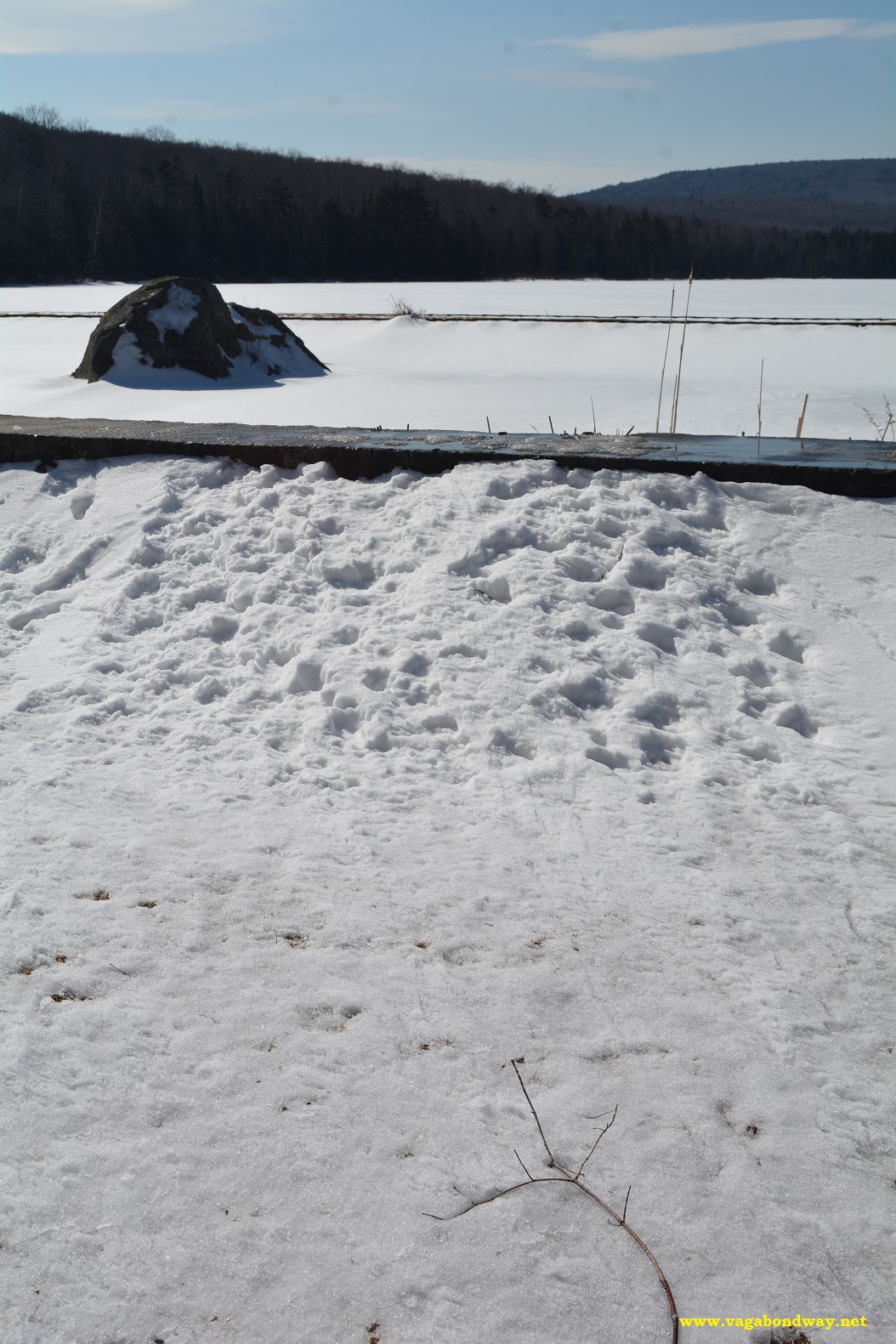
Walking down to the pond we immediately noticed a lot of activity along the wall.
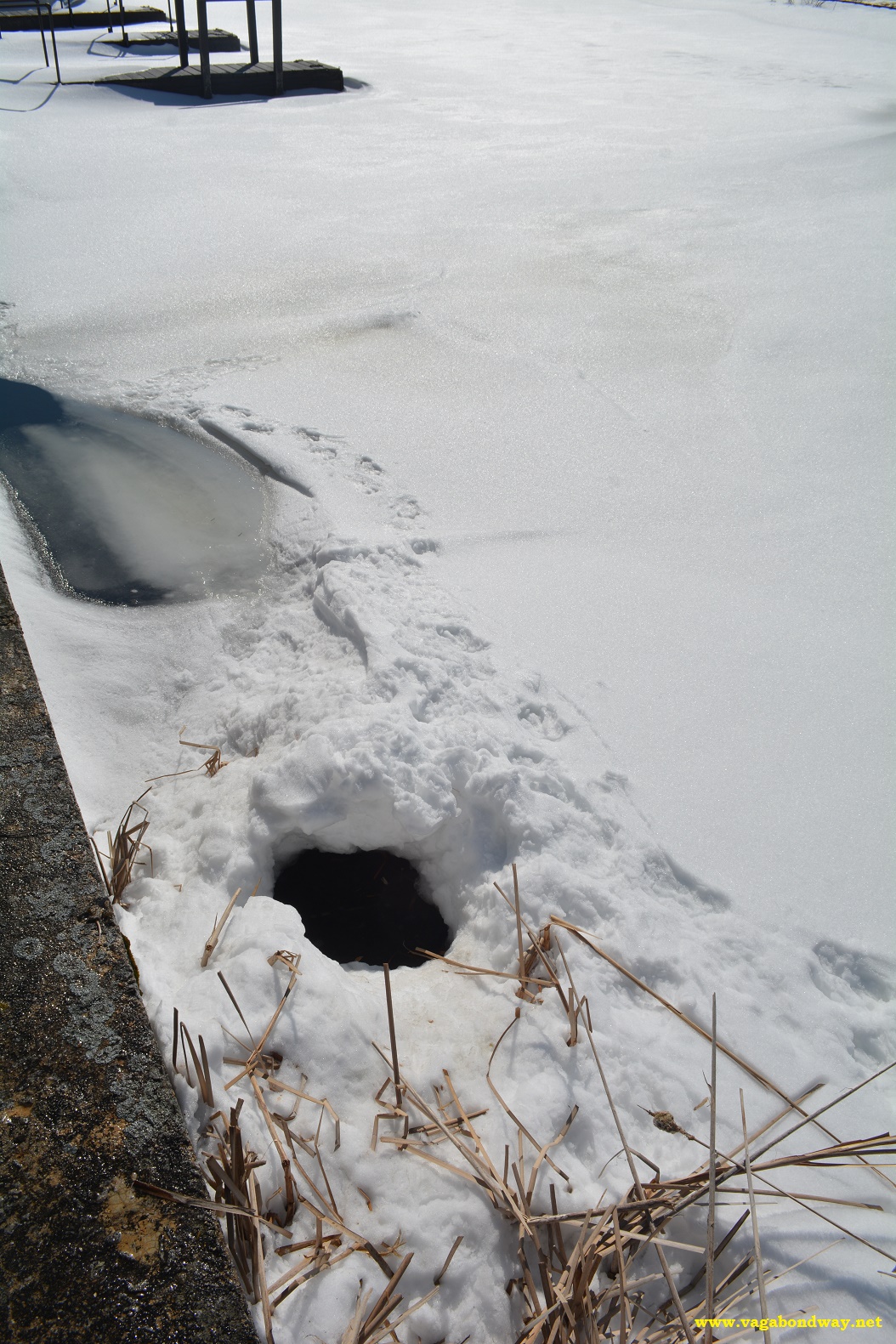
Peering over we saw the beavers had made a whole in the ice. It just amazes me how they can adapt and keep moving through that frigid water.
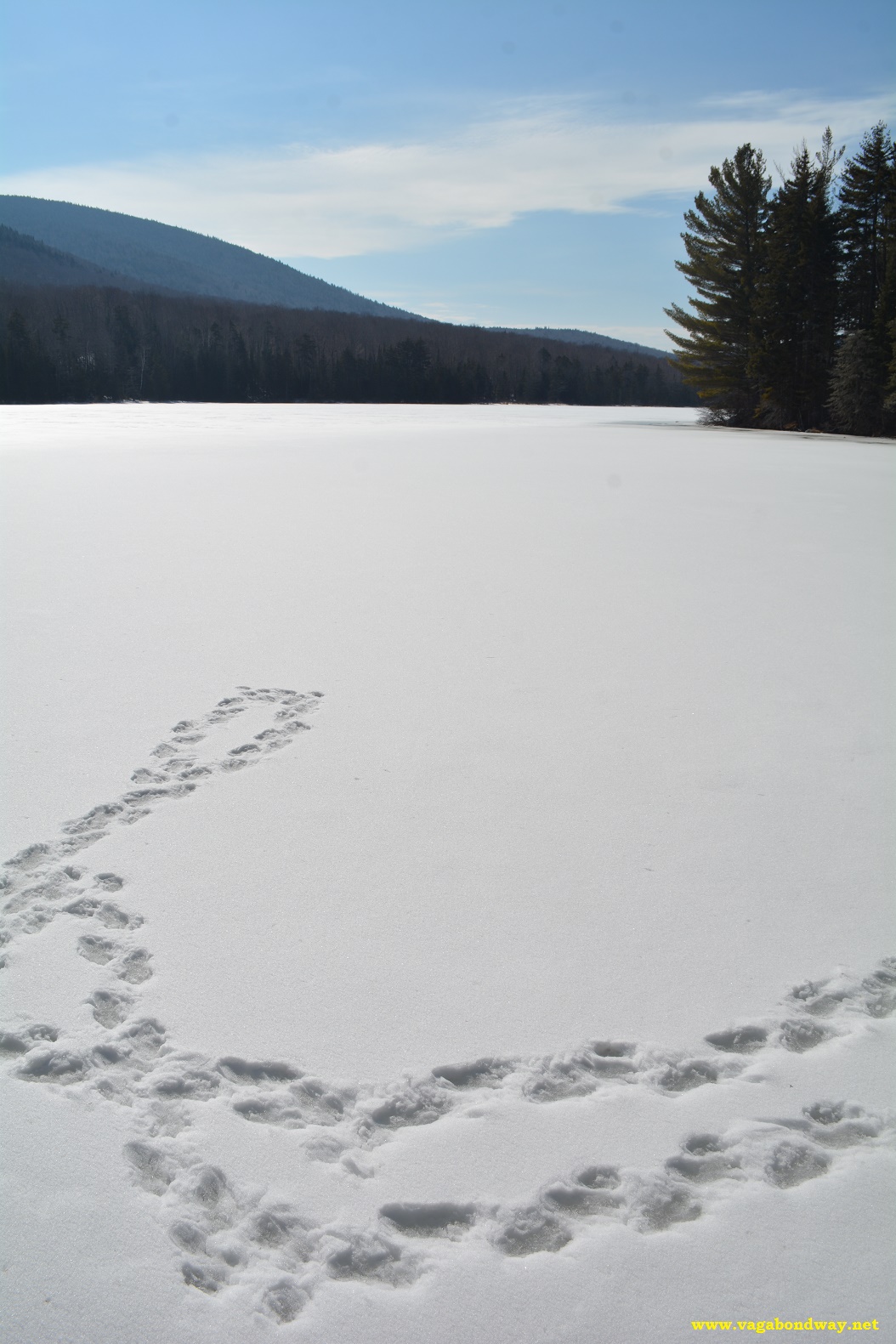
If you are looking to improve your tracking skills confidence, the winter is a good time to start. It’s pretty easy to look at the photo above and say, ‘Right, animals have been here!’
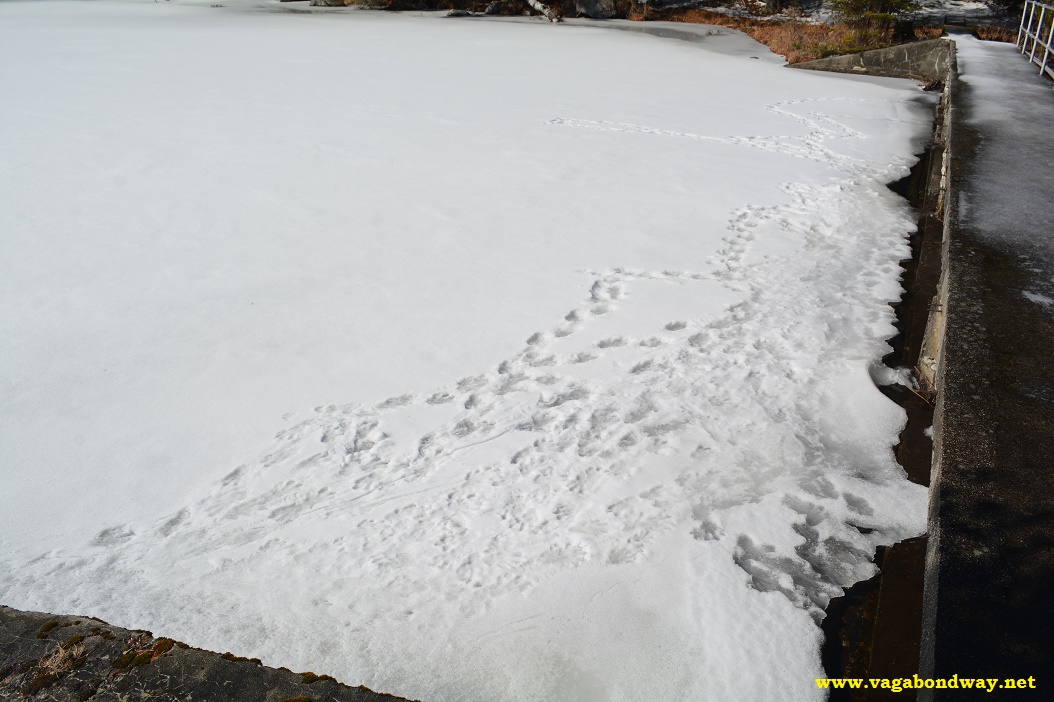
But the thing I really like about animal tracks in the winter is it gives a chance to really follow them and see what they might have been doing. Like the little loop of tracks that starts going off in the photo above to the left, why did the (presumably) beaver want to go that way and then change his mind and come back?
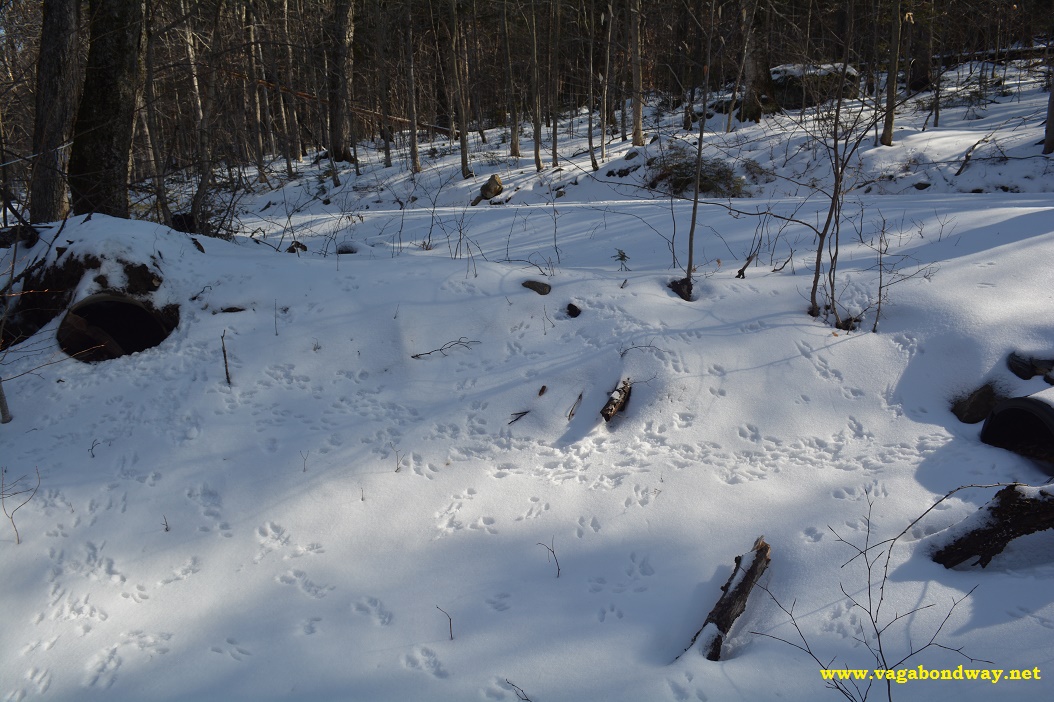
Walking in the woods and along the roads in winter, one can really see just how much animals utilize culverts. There was one culvert that had so many tracks coming in and out, you couldn’t even see the prints anymore. It was just all padded down with snow. As we walked up to these two culverts squirrels furiously ran back and forth. Inside these culverts were big, fluffy piles of warm, dry leaves and I was just trying to imagine the dynamics of the squirrel community on how it all worked, and who was allowed to hang out in the leaves and was one culvert better than another and so on.
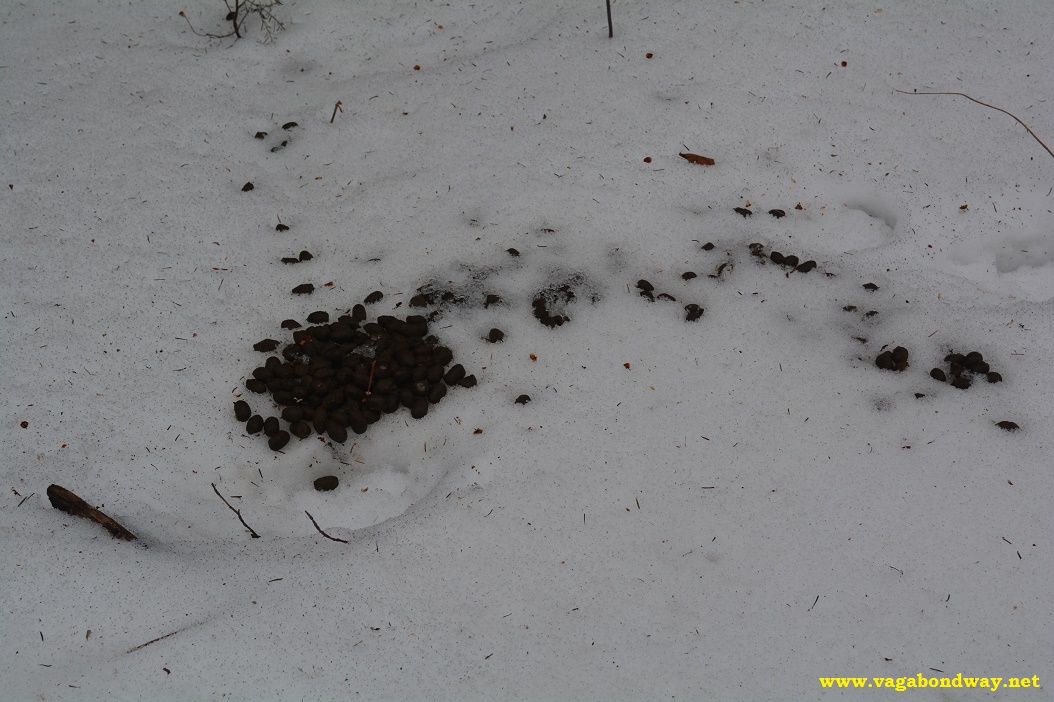
As I mentioned in the Operation Wildlife Cam post, we see so many signs of moose, yet we hardly see moose. Here is moose poo, but no moose. We have scared moose off a couple of times as we heard them take off through the woods, but still could not catch a glimpse of them.
We passed this beaver pond on the way towards Martins Pond in the Groton State Forest. To me when I see this fallen log that has been nibbled on along its length, all I think is, “lunch bar!” In almost a cartoon like fashion my imagination sees a line of beavers all standing together snacking on that log talking about another long day at the mill.
Chris on the other hand sees, ‘beaver fail’ as these trees got all caught up.
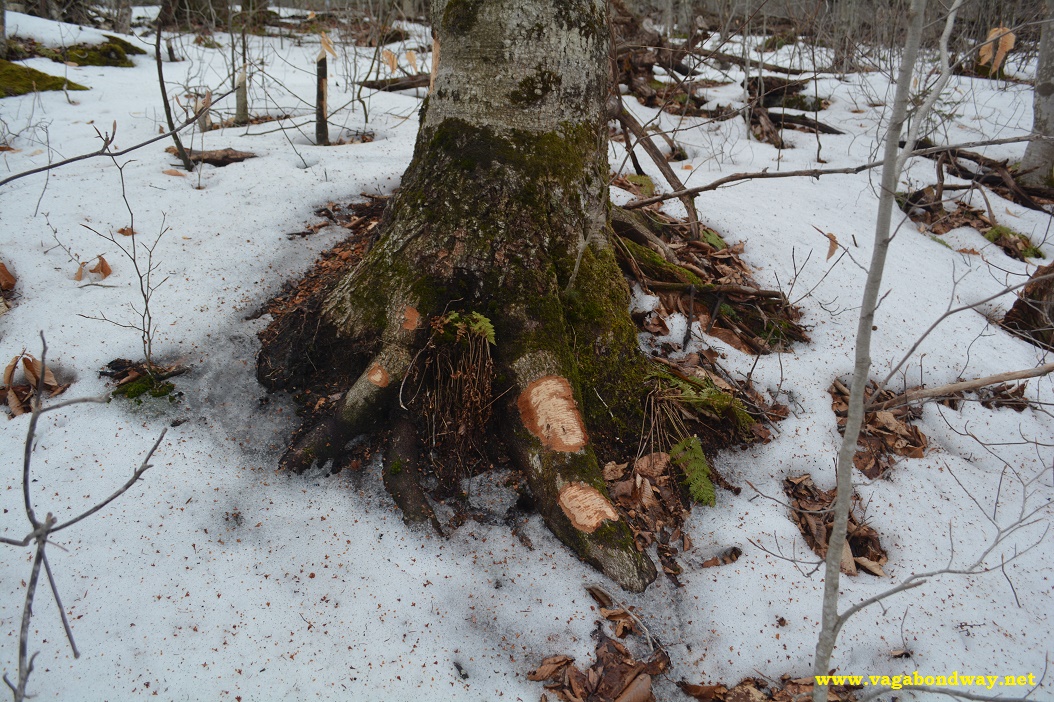
I thought it was also interesting how they gnawed on the lower roots of this tree.
You can really see those teeth marks.
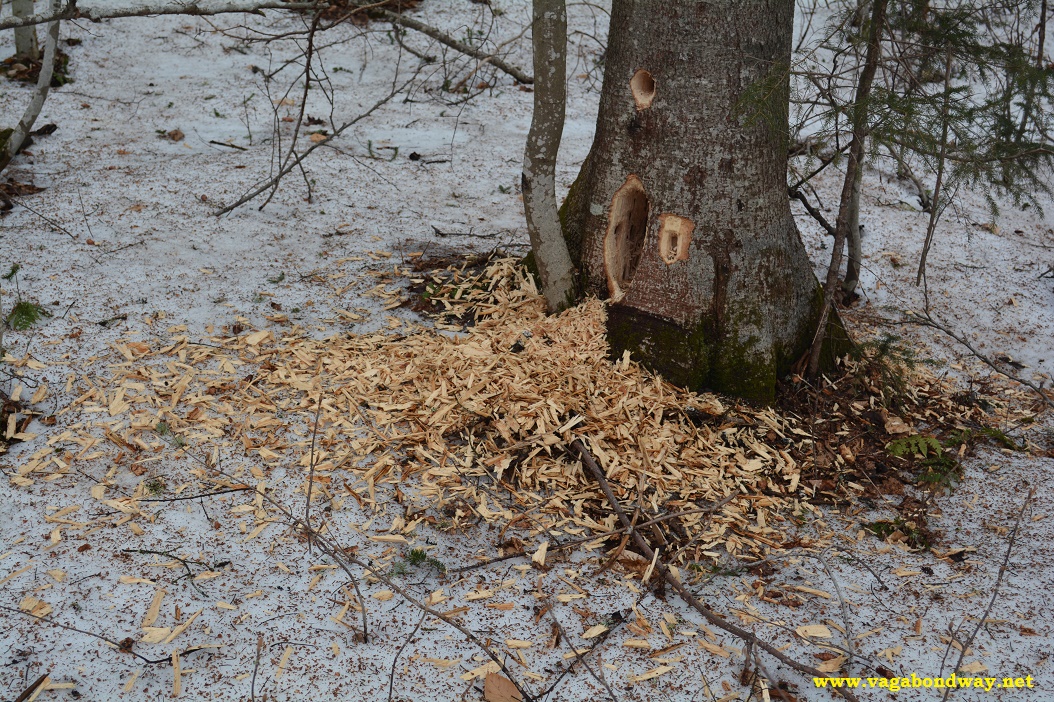
And boy has a woodpecker been busy here in the woods!
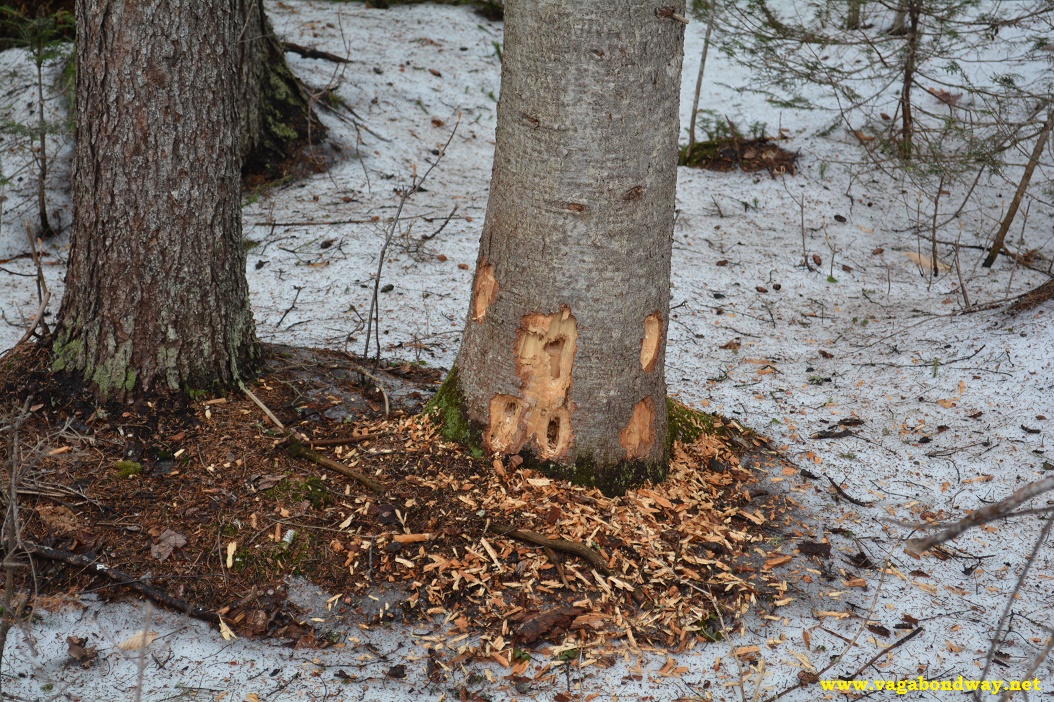
Right now we are seeing a lot of downy and hairy woodpeckers. I also observed that it seemed a lot of woodpeckers were chipping away for insects at the bottom of trees. I have not noticed that as much in the summer, so I don’t know if it was a coincidence or a seasonal norm. If you know, please share your input in the comments.
Some critter, perhaps a porcupine has taken much of the bark off the tree. I also I thought it was interesting it was next to an older woodpecker hole, still at the base of a tree.
This is just so beautiful to me. I wish I could say definitively, but it is some type of fungus, perhaps turkey tail or bracken. Either way, to see that much so symmetrically stopped me in my tracks.
To me, this photo shows the squirrels dinner table. All those light brown, little flakes are pine cone pieces. You can just imagine red squirrels, with a pine cone stuffed in their mouth, scurrying around the forest to eat them here.
So what looks like a rock with some leaves, is really a squirrels supper table.
This strip taken off this tree shows signs of a deer or moose who was looking for a snack. I notice this stripping a lot more in the winter when animals are needing to bolster their nutrient intake and grasses are less available. I asked both my dad and my neighbor if they could identify this tree. My neighbor got back to me with this, “It looks like a Beech tree. Hard to tell without looking at the top to see if the bark changes or to look at the pattern of the branches. And that looks like a Moose’s teeth, but I don’t know why it would do that to a beech. Generally they strip bark off Striped Maples and some softwoods. Is it a softwood? With needles? Deer do that too.” My response, “Um, tree?” I never looked myself, I just saw the marks and took the picture. But the whole process reminds me that often when we try to look at one area (of almost anything) for an answer, we are reminded there are so many other aspects to consider.
So if you are hoping to see increase your chances of seeing wildlife, go for a walk. And then go again. Get up early and stay up late. You may not want to, but do it anyway. Yes, there are certain things you can do to increase your odds, like researching an area and asking locals what they are seeing, but largely, you gotta be out there to see it. If it’s wildlife you want, go for a walk in the woods. Find a place you like, or have noticed wildlife signs and sit there. Even if you don’t see any, you look around you will find signs that they have been there. Sometimes you gotta strike out a lot to finally get that home run. And when you do get that home run, it is all worth it.
***
Here are some of my favorite books, tools and gadgets for viewing wildlife:
Tracking and the Art of Seeing: How to Read Animal Tracks and SignIn Season: A Natural History of the New England Year
Vermont Wildlife Viewing Guide
Tom Brown’s Science and Art of Tracking
(in general)
In case you are looking for hiking clothes, backpacks, boots, etc, to head off into the woods, I do also cover a lot in this other post: My Favorite Travel Gear

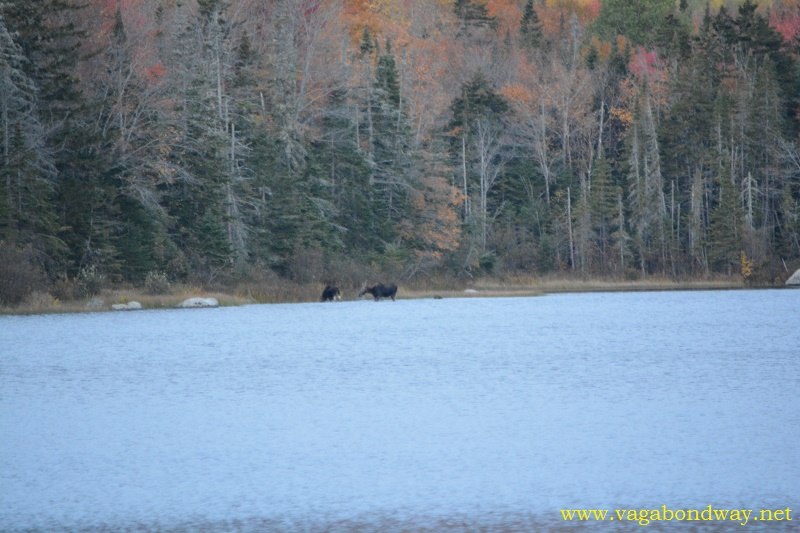
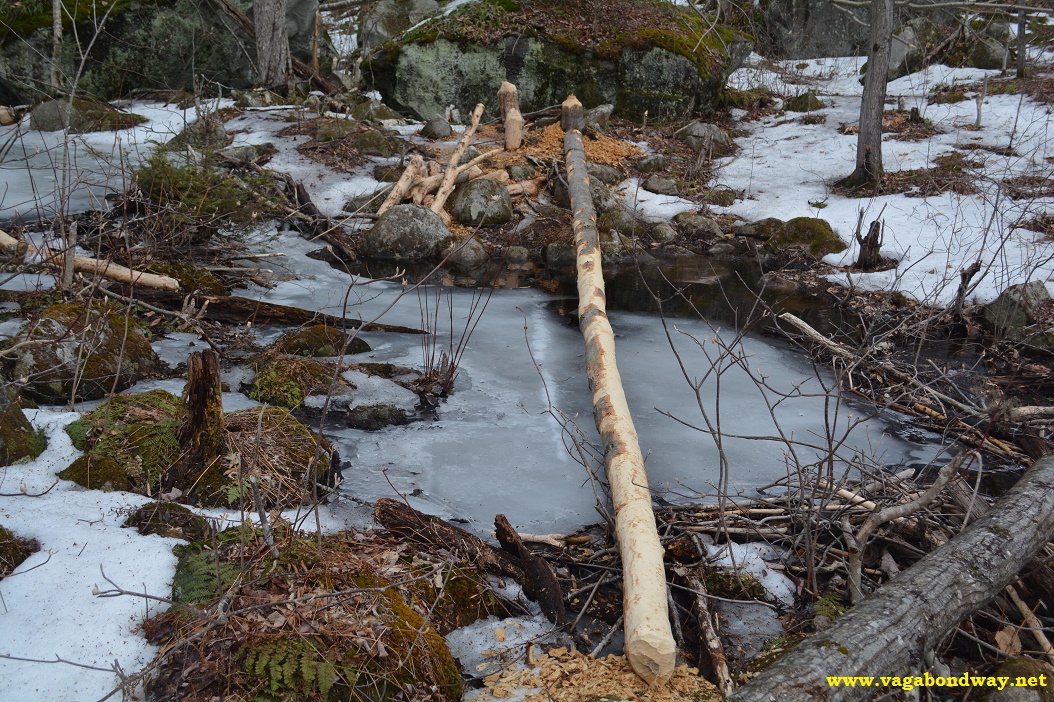
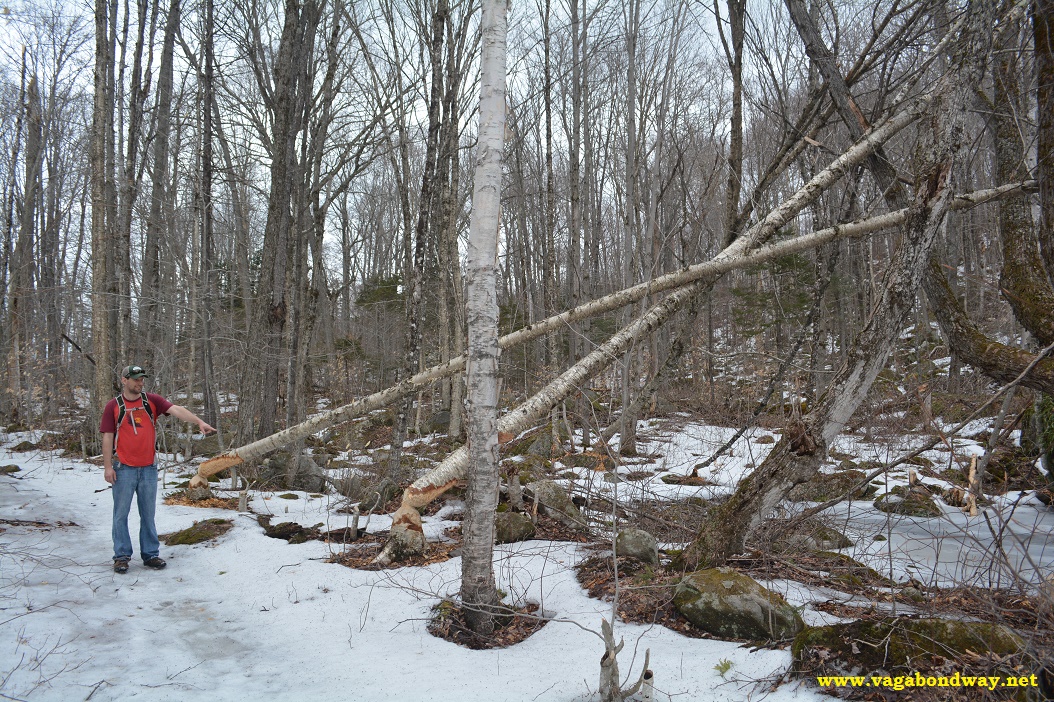
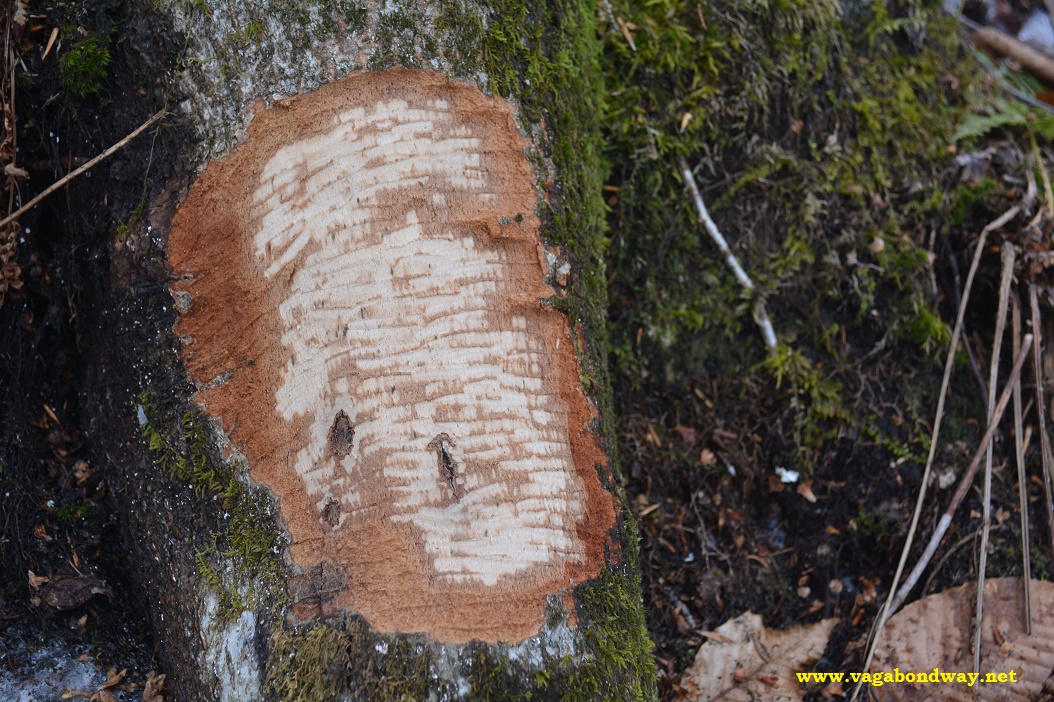
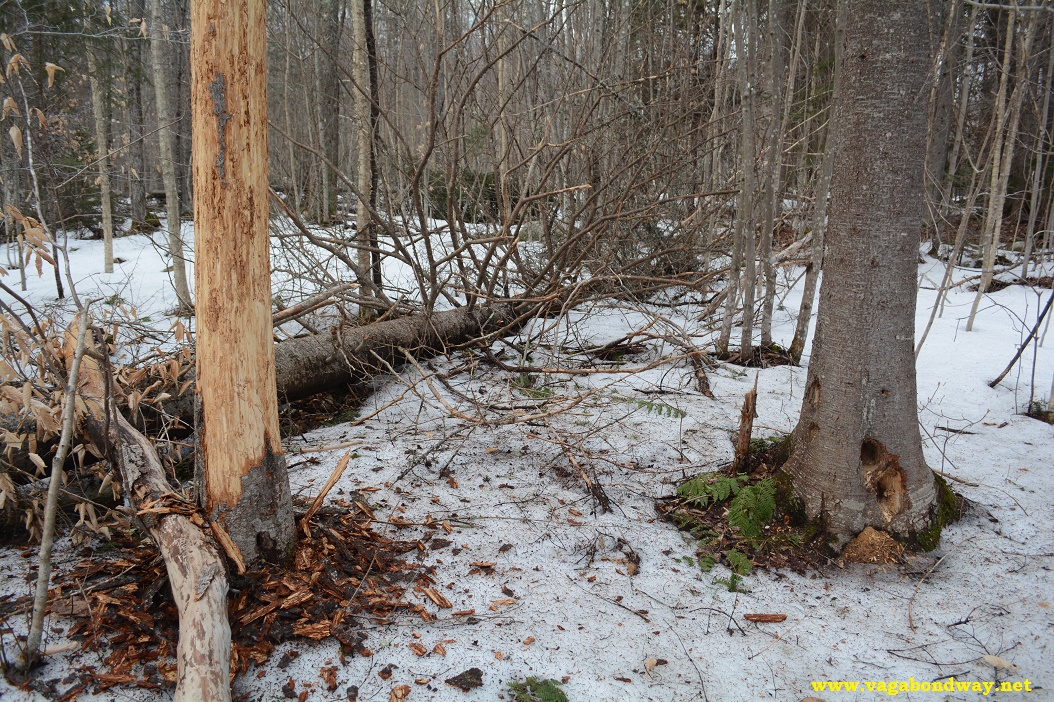
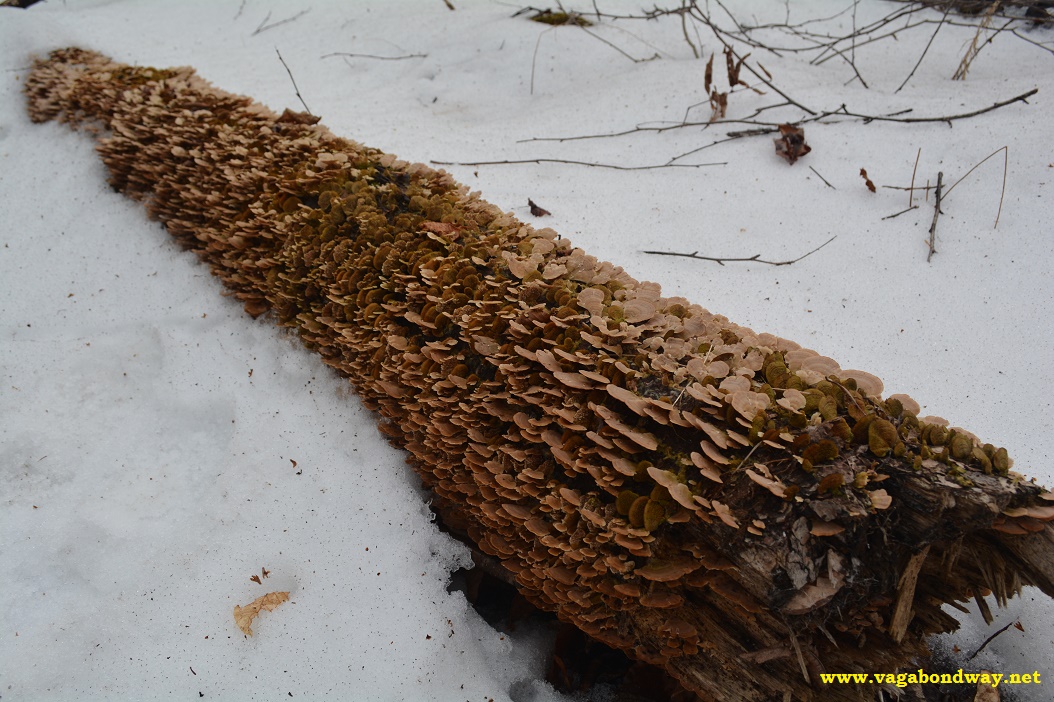
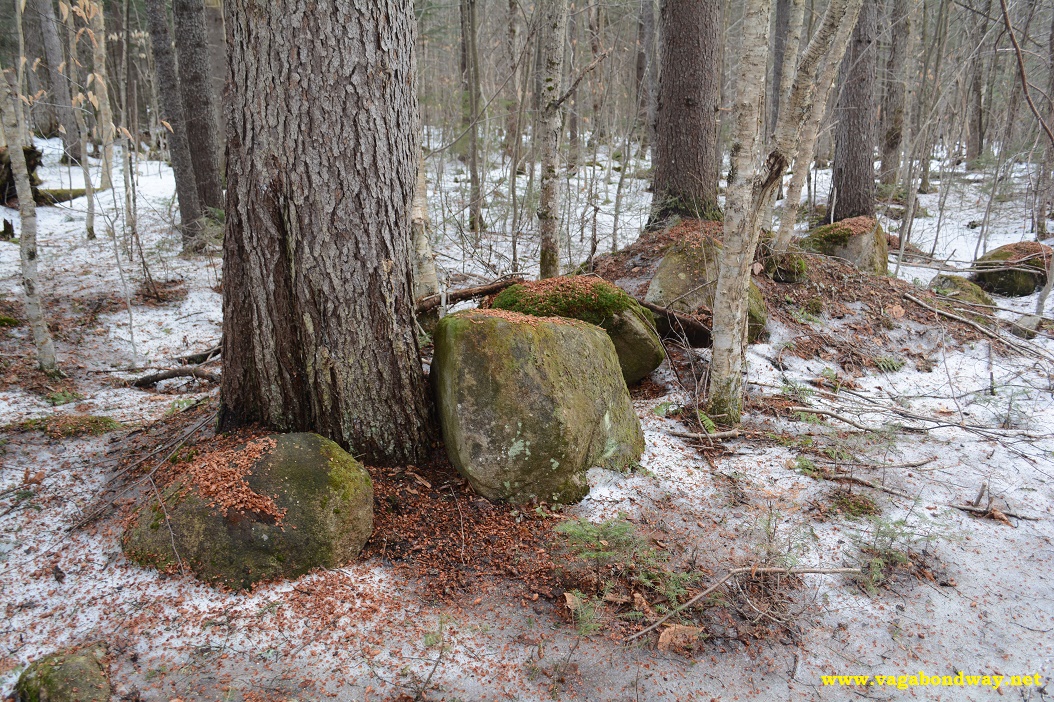
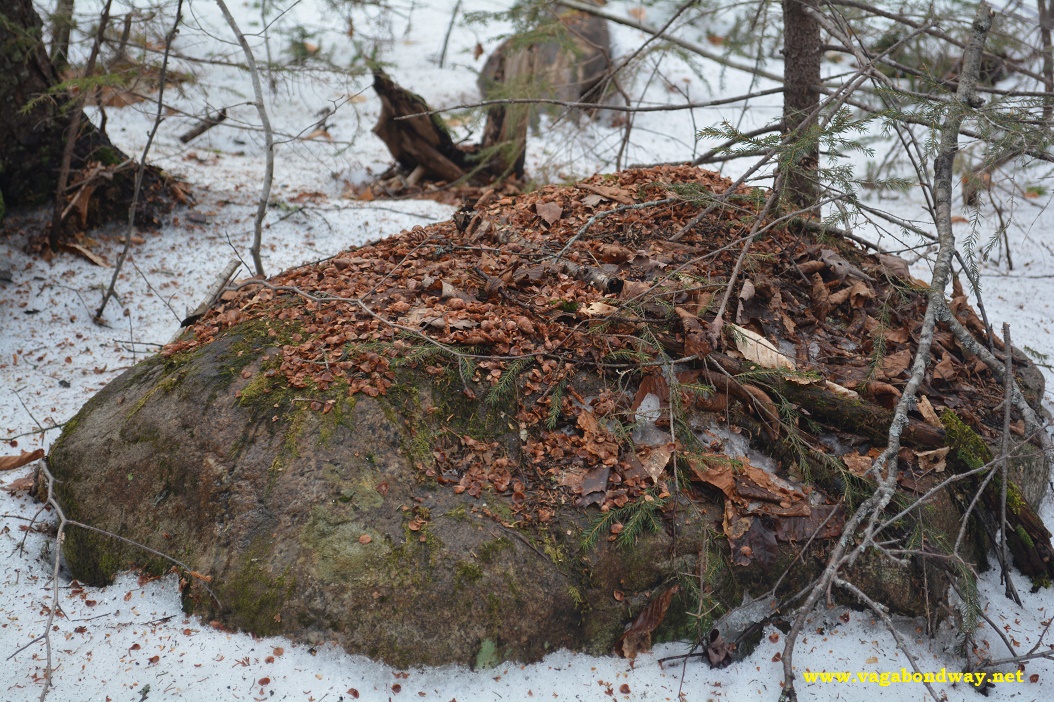
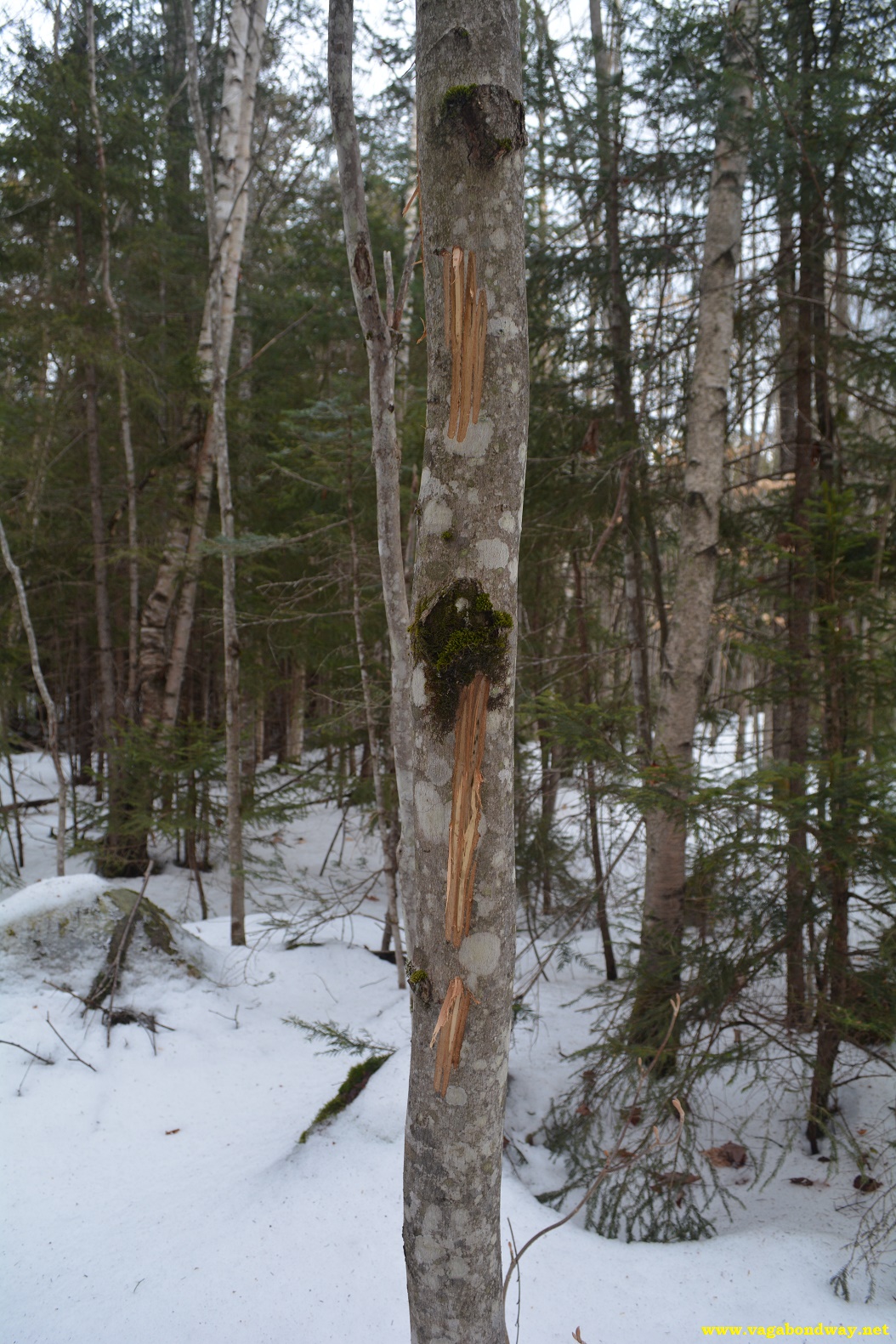


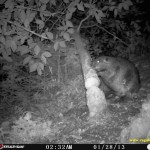 Previous Post
Previous Post Next Post
Next Post
Now that is a fun nature hike! Nice photos for the end of winter and seeing what the local critters have been doing.
Thanks! It’s been a little slow on the wildlife cam, so at least with these prints we know something is still happening out there!
Hi. Your observation skills are very keen and I really did feel like I was “taking a walk
with you in the woods” Nice going, no pun intended!
Well thanks, I always wish I knew more, but the more and and more we keep walking in the woods, the more and more my eyes see. Soon we will be walking in jungles and then it will be a whole new ball game to get used to!
Look at all the wonderful creatures you get to see and experience in your backyard. Vermont sure has wonderful woodlands.
Oh Vermont does have some awesome woodlands. I just love seeing all the animals from the wildlife cam. We just hardly ever see them in real life, so it’s so neat to see the signs and then be able to get actual photos of them. 🙂
Hi.
Thanks for the share, very beautiful and informative, great 🙂
Nasir recently posted…Outdoor Activities Gives Physically & Mentally, Healthy Lifestyle